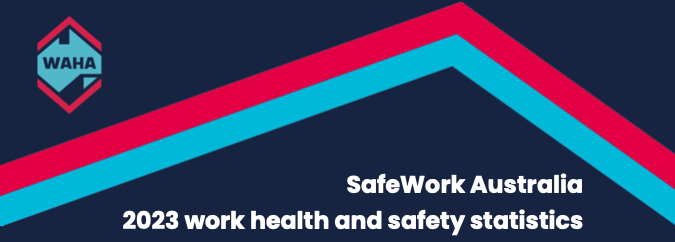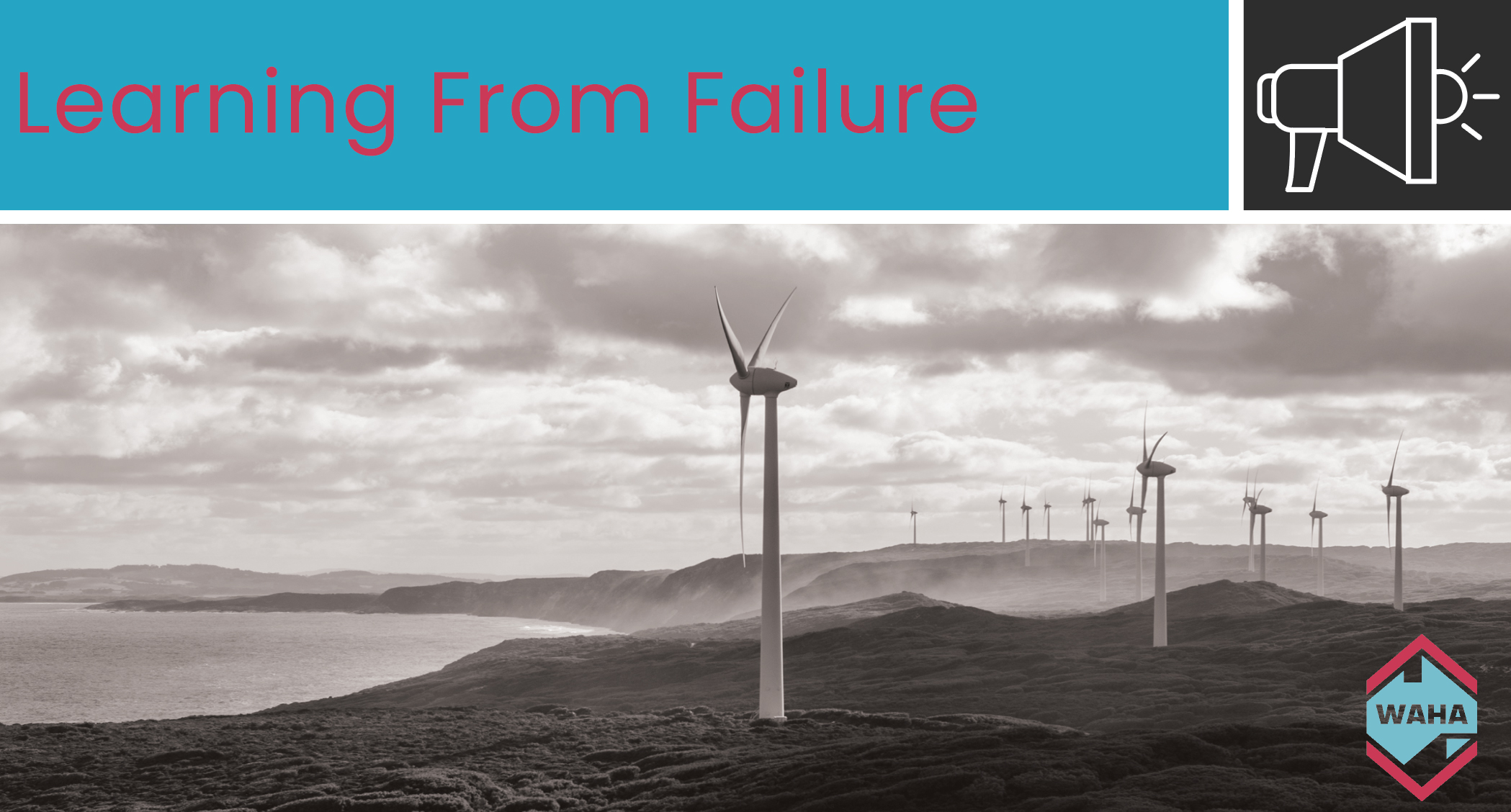Source: SafeWork Australia
Each year, Safe Work Australia produces national work health and safety statistics, providing important evidence on the state of work health and safety in Australia.
There are still too many serious injuries, fatalities and illnesses arising from work. The findings from the latest Key Work Health and Safety Statistics 2023 show that:
- Body stressing, Falls, slips and trips, and Being hit by moving objects are the cause of most work related injuries in Australia,
- Vehicle incidents and Being hit by moving objects continue to account for most fatalities, and
- Work related mental health conditions are rising, with time off work in these cases more than four times longer than for other injuries.
Falls from height continue to be a major cause of serious accidents in the workplace. Notwithstanding the overall improvement of health and safety at work over recent years, falls from height still occur. Indeed, falls from height were one of the principal cause of fatalities in the 2022 period, comprising 9% of all fatalities according to Safe Work Australia figures. Where such incidents happen, employers and controllers of the premises are likely to face investigations by the state and territory regulatory bodies. The outcome can be prosecutions with resultant significant fines and/or prison sentences. Incidents are also more likely than not to lead to personal injury claims which in view of the circumstances and nature of the injuries sustained can often be substantial in value.
The 2023 Work-Related injury fatalities / Key Work Health and Safety Statistics publication shows that risks rising from work at height remains a major source of incidents and that those involved in such works still need to do more to minimise the dangers.
Falls, trips and slips of a person make up 22% of all serious compensation claims throughout 2022.
SafeWork Australia Key Work Health and Safety Statistics 2023
The Construction Sector remains one of the leading industries work workplace fatalities and incidents / workers’ compensation claims. The outcomes of falls in the workplace are more likely to be life-threatening when compared to many other incident types.
Other common mechanisms of injury, such as manual handling, overexertion, and vehicle or machine accidents are more likely to cause injury to a particular body part. The injuries sustained from a fall from height can easily have wider spread complications which can affect the whole body, cause significant damage to vital organs, and if not directly resulting in death, have life-altering long term consequences.
Another cause of injury and illness that is becoming a serious concern, is those relating to Mental Health. Mental health conditions accounted for 9.2% or 11,700 serious claims in 2021-22p. While this was a slight decline on 2020-21, it remains substantially higher than 10 years ago. How does it relate to us in the working at heights sector? Well, in the Construction sector alone, workers are 8x more likely to die by suicide than from an accident at work. The following unique stressors were identified in the “Mates in Construction” Blueprint Roundtable: competitive and male- dominated workplace culture; stigma and fear around the subjects of mental health and suicide; ignorance of the increased risk of suicide and mental health issues for workers; failure by management to accept or apportion responsibility; higher levels of substance and alcohol misuse; disparate workplaces, FIFO (Fly in, Fly out) and DIDO (Drive in, Drive out) work; working while exposed to the elements; and, inconsistent/intermittent work.
Over the 10 years to 2021-22p:
The proportion of claims for Mental health conditions has increased from 6.5% in 2011-12 to 9.2% in 2021-22p. This has been driven by growth in the number of serious claims each year for Mental health conditions of 3,500 claims, or a 43.3%, increase over the period.
This represents the largest growth in the number of claims each year for a Nature of injury/illness Major group observed over the period.
Workplace mental health conditions are one of the costliest forms of workplace injury. They lead to significantly more time off work and higher compensation paid when compared to physical injuries and diseases.
The median time lost from Mental health condition claims in 2020-21 (34.2 working weeks) was more than four times the median time lost across all claims (8.0).
The median compensation paid for Mental health condition claims in 2020-21 ($58,615) was close to four times the median compensation paid across all claims ($15,743).




